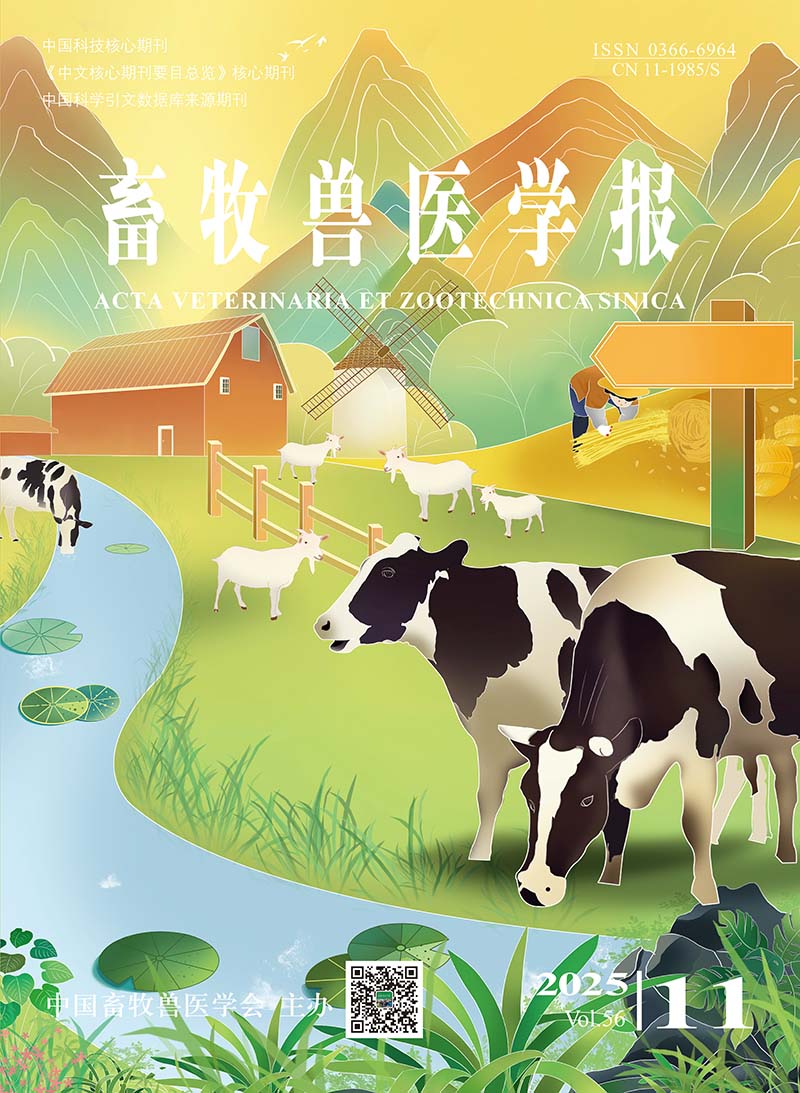In order to study the biological characteristics and transmission routes of Salmonella enteritidis, 0.5 mL 7.09×109 CFU·mL-1SDBL-1 isolate from AA broiler chickens was administered to SPF chickens by perfusion in infection group, while the control group and the airborne group were fed with the same amount of physiological saline. The blood routine and lymphocyte subsets of the airborne group, the infection group and the control group were measured at different time after feeding. The bacteria were separated by the method of bacterial isolation. And Salmonella were isolated and identified from airborne oral swabs, cloacal swabs, feather follicles and dissecting organs. The Salmonella were determined in the environment (feed,drinking water, mosquitoes and flies), and the plate agglutination test was conducted to detect the antibody of the airborne group. The results were as follows:1) In the blood index, the ratio of lymphocyte in the airborne group and the infected group were decreased, the ratio of granulocyte, granulocyte and intercellular were increased, and the ratio of CD4+, CD8+ and CD4+/CD8+ in lymphocyte were decreased. 2) In the organ index of the airborne group, liver index increased significantly (P <0.05), and thymus index decreased significantly (P <0.05). 3) About infection situation, the airborne group was infected and the infected chickens were intermittently shedding virus by feces.Salmonella were separated from oral swab, feather capsule, cloacal swab and some organs, and the highest separation rate was from esophagus. Antibodies to Salmonella were firstly detected at the 4th day post infection (DPI) in the airborne group, and all chickens showed positive at the 14th DPI. 4) Detection of Salmonella in environmental samples revealed that Salmonella was isolated from waterline and feed, other than feathers and mosquitoes. These results showed that SDBL-1 isolates could infect chickens through air and cause infection, resulting in the inflammatory reaction, immune dysfunction and organ damage. The infected chickens could intermittently shedding virus by feces, oral cavity, and cloaca. There exist Salmonella in feed and waterline. This study explored the different routes of transmission of S. enteritidis, and provided references for controlling and preventing the prevalence and transmission of Salmonella.






